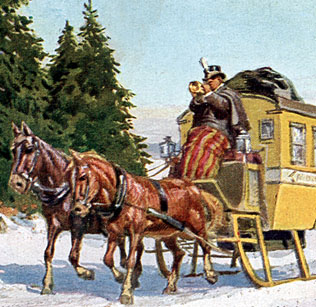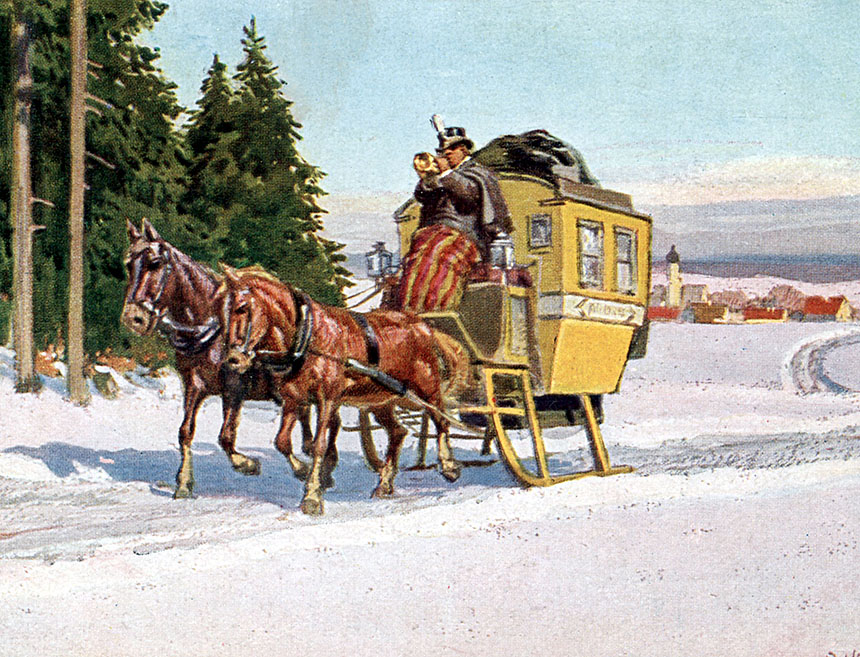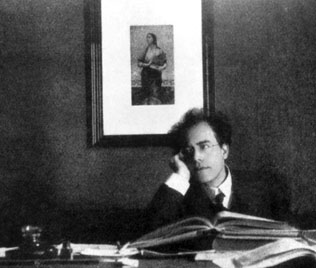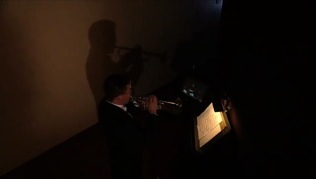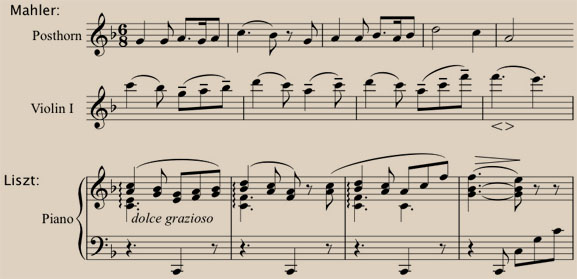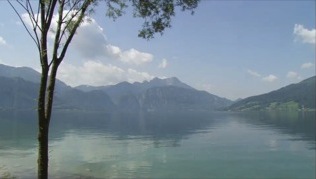 Play
Play
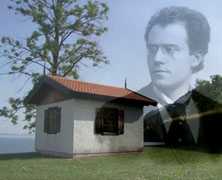
-
"The emphasis on my personal experience…corresponds to the peculiar ideas embodied in the whole work."
Mahler escaped his day job as a conductor and built himself a composing hut where he could pursue his true passion. No doubt his surroundings inspired his Third Symphony: "In it Nature herself acquires a voice and tells secrets so profound that they are perhaps glimpsed only in dreams!" he wrote to a friend.
